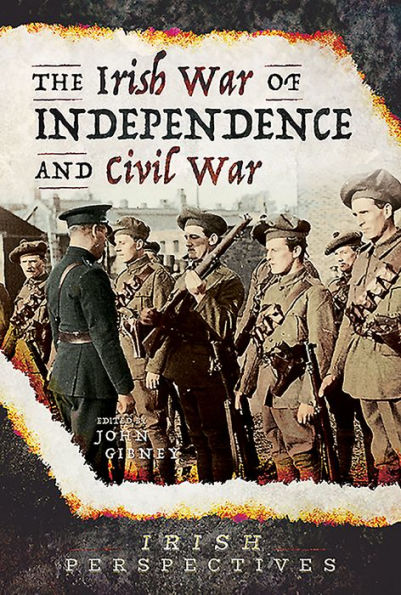The Irish War of Independence and Civil War
In the aftermath of the First World War, a political revolution took place in what was then the United Kingdom. Such upheavals were common in postwar Europe, as new states came into being and new borders were forged. What made the revolution in the UK distinctive is that it took place within one of the victor powers, rather than any of their defeated enemies.In the years after the Easter Rising of 1916 in Ireland, a new independence movement had emerged, and in 1918-19 the political party Sinn Féin and its paramilitary partner, the Irish Republican Army, began a political struggle and an armed uprising against British rule.By 1922 the United Kingdom has lost a very substantial portion of its territory, as the Irish Free State came into being amidst a brutal Civil War. At the same time Ireland was partitioned and a new, unionist government was established in what was now Northern Ireland. These were outcomes that nobody could have predicted before 1914. In The Irish War of Independence and Civil War, experts on the subject explore the experience and consequences of the latter phases of the Irish revolution from a wide range of perspectives.
"1136483757"
The Irish War of Independence and Civil War
In the aftermath of the First World War, a political revolution took place in what was then the United Kingdom. Such upheavals were common in postwar Europe, as new states came into being and new borders were forged. What made the revolution in the UK distinctive is that it took place within one of the victor powers, rather than any of their defeated enemies.In the years after the Easter Rising of 1916 in Ireland, a new independence movement had emerged, and in 1918-19 the political party Sinn Féin and its paramilitary partner, the Irish Republican Army, began a political struggle and an armed uprising against British rule.By 1922 the United Kingdom has lost a very substantial portion of its territory, as the Irish Free State came into being amidst a brutal Civil War. At the same time Ireland was partitioned and a new, unionist government was established in what was now Northern Ireland. These were outcomes that nobody could have predicted before 1914. In The Irish War of Independence and Civil War, experts on the subject explore the experience and consequences of the latter phases of the Irish revolution from a wide range of perspectives.
24.95
In Stock
5
1

The Irish War of Independence and Civil War
176
The Irish War of Independence and Civil War
176
24.95
In Stock

Product Details
| ISBN-13: | 9781526757982 |
|---|---|
| Publisher: | Pen and Sword |
| Publication date: | 07/28/2020 |
| Series: | Irish Perspectives |
| Pages: | 176 |
| Sales rank: | 966,731 |
| Product dimensions: | 6.00(w) x 9.25(h) x 0.60(d) |
About the Author
From the B&N Reads Blog
